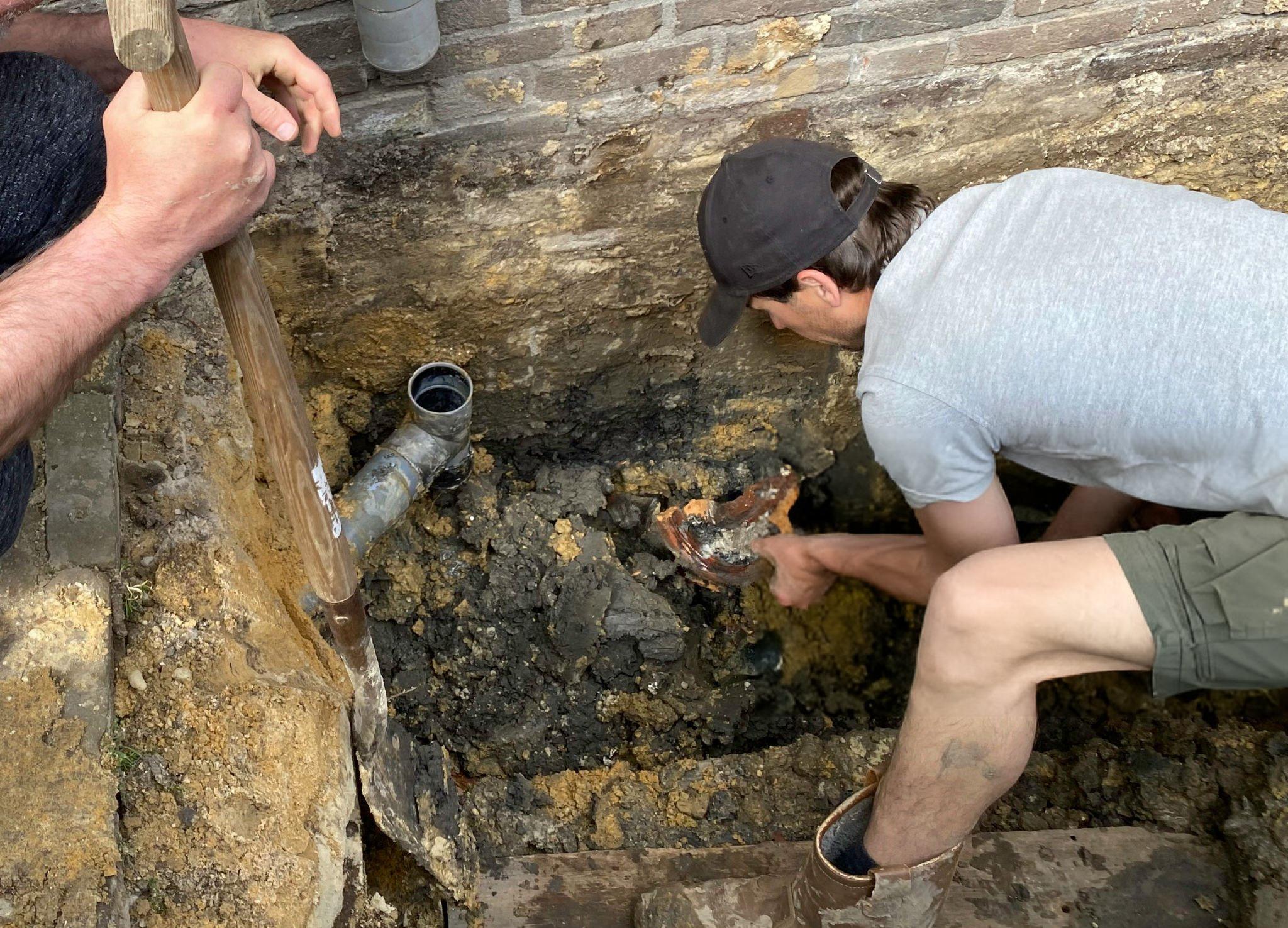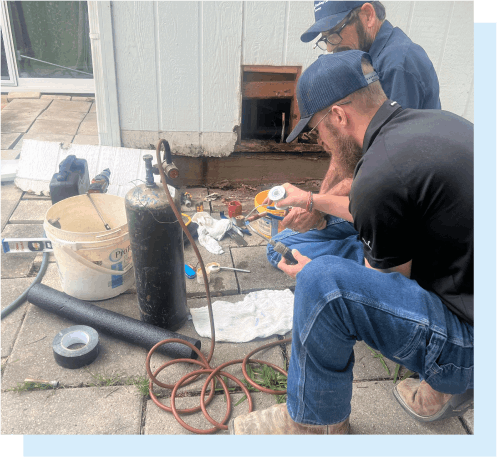A leaky kitchen faucet might seem like a small irritation at first. Maybe it starts with a soft drip you barely notice, but as time goes on, it turns into a steady trickle that can’t be ignored. In San Antonio, where busy kitchens are the heart of the home, that persistent leak isn’t just annoying—it can waste water and potentially lead to higher water bills. Understanding how these leaks develop can help homeowners address them before they turn into larger, more expensive issues.
Imagine preparing a family meal and hearing that constant dripping in the background. Not only is it distracting, but it also hints at an underlying problem that might need addressing. Kitchens are lively places, and the last thing you want is to be interrupted by unnecessary repairs. That’s why getting to the bottom of why your faucet is leaking is a must for a harmonious household.
Common Causes of Leaky Kitchen Faucets
Leaky faucets can spring from a variety of causes. Here’s what might be at the root of that pesky drip:
1. Worn-out O-rings: O-rings are small rings that help secure the faucet’s components in place. Over time, they can wear out or degrade, leading to leaks.
2. Corroded valve seat: The valve seat connects the faucet and spout. If it becomes corroded, it can result in unwanted drips.
3. Washer problems: The washer presses against the valve seat and if it wears down or gets installed incorrectly, its efficiency drops and leaks occur.
4. Loose or damaged parts: Sometimes, parts of the faucet may simply become loose or suffer wear and tear, causing water seepage.
Each of these issues can disrupt the seamless operation of your kitchen, and while some might seem minor, overlooking them can lead to higher costs and inconvenience. Regular inspection helps in catching these problems early, allowing for simple fixes rather than costly overhauls.
How to Identify a Leaky Kitchen Faucet
Spotting a leaky faucet isn’t as hard as it might seem. There are several telltale signs you can look out for to keep your kitchen in good shape. The following pointers can help determine if your faucet needs attention:
– Audible drips or visible leaks: If you can hear or see water dripping even when the faucet is turned off, it’s a clear sign of a leak.
– Pooling water around the faucet base: Water gathering at the faucet’s base or around the sink indicates a problem that should be checked.
– Decreased water pressure: If the water flow isn’t as strong as it used to be, it could suggest a leak somewhere in the system.
– Higher water bills: A sudden spike in your water bill might not only be irritating but could also hint at a leak you haven’t discovered yet.
Addressing these signs promptly can save you from larger headaches down the line. Knowing what to watch for lets you take quick action and possibly prevent water damage.
Fixes for Leaky Kitchen Faucets
Once you’ve identified a leak, resolving it becomes the next step. Here are some common solutions:
1. Tightening loose components: Sometimes, the issue is as simple as a loose part that needs a little tightening.
2. Replacing damaged washers and O-rings: These small parts can be swapped out quickly if they’re worn out. Doing so often stops the leak immediately.
3. Cleaning or replacing valve seats: If corrosion is the cause, cleaning the valve seat or replacing it might solve your problem.
Though these steps can be straightforward, there comes a point when calling a professional makes sense. Particularly if the fix isn’t clear, or when you don’t have the tools or experience, an expert can ensure the job is done right.
Preventative Maintenance Tips
Taking steps to maintain your kitchen faucet can prevent many common leaks. Here are a few tips:
– Regular inspection for early signs of wear: You don’t have to wait for something to go wrong. Routine check-ups help find problems before they worsen.
– Proper usage of kitchen faucets: Treating your faucets gently goes a long way. Avoid turning handles too tightly, as this can speed up wear.
– Benefits of periodic professional check-ups: Just like a car needs a tune-up, so does your plumbing. Regular visits from a plumber can keep everything running smoothly, saving you trouble later.
These practices help keep your kitchen’s heart—the faucet—running smoothly. By making maintenance a habit, you’re likely to avoid unexpected issues, ensuring your kitchen remains a pleasant place to cook and gather. Implementing these strategies can also save money in the long term, proving that a little care goes a long way.
For peace of mind and to avoid unnecessary stress in your kitchen, consider scheduling a regular inspection. If you’re looking for a reliable plumber in San Antonio, George Plumbing Co., Inc. has the expertise to keep your faucets running smoothly and efficiently.




